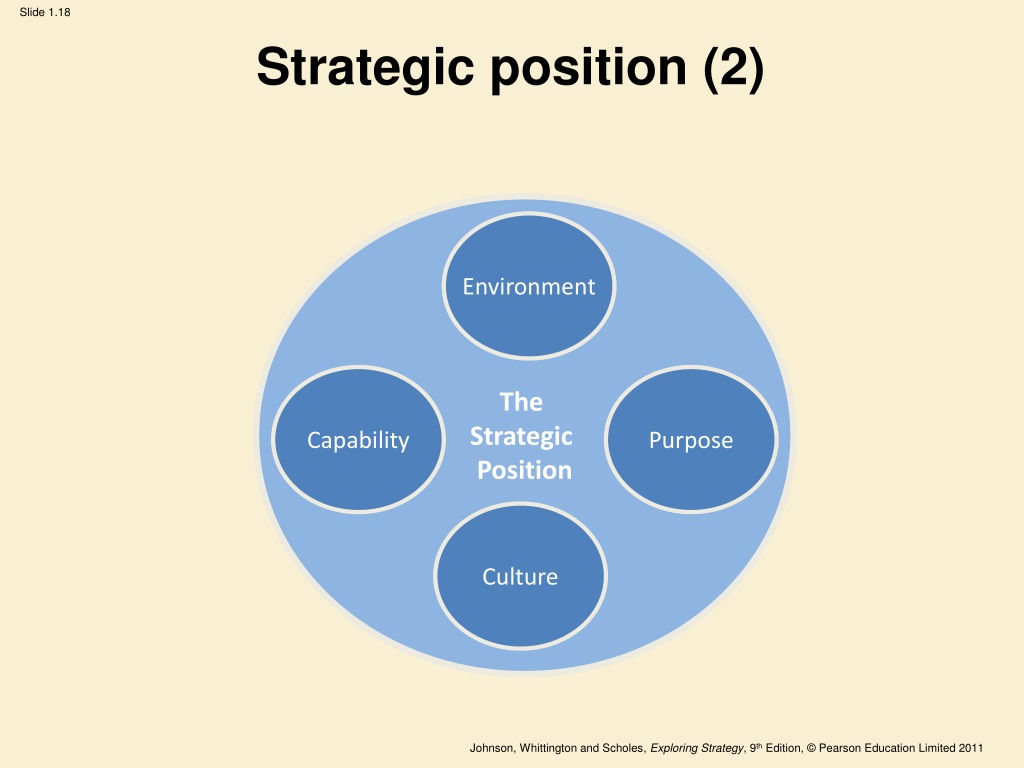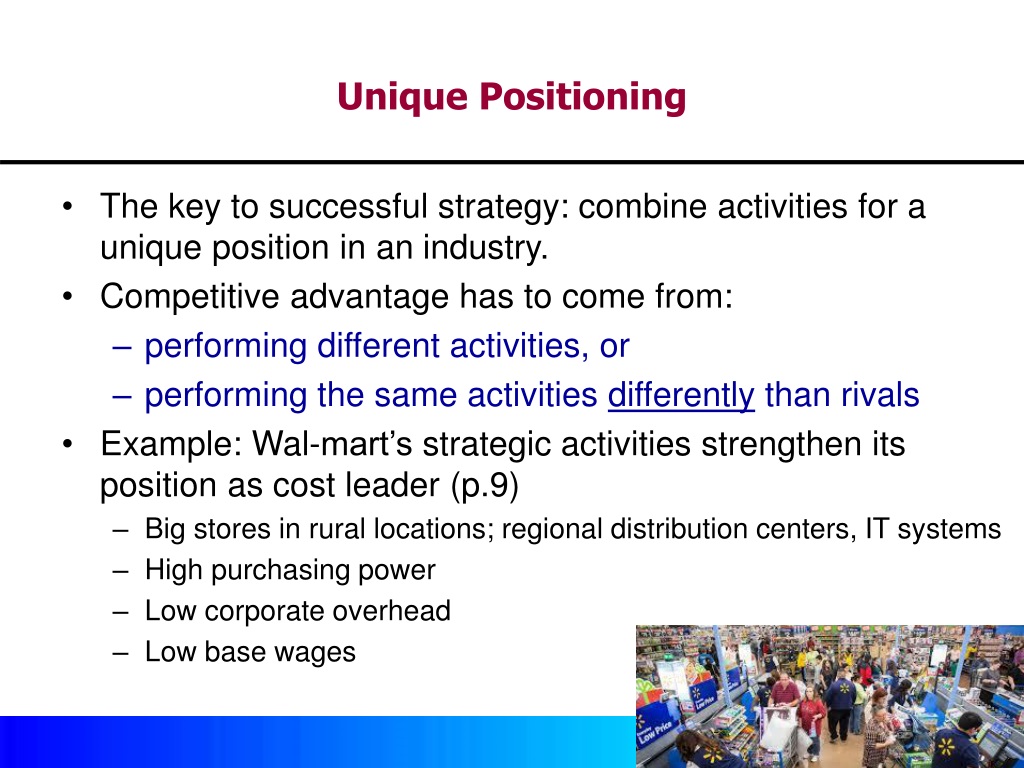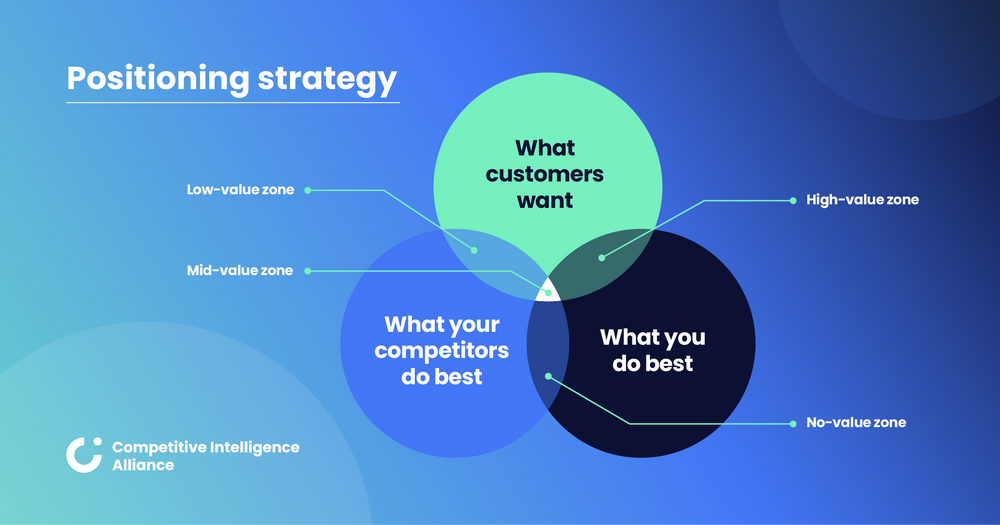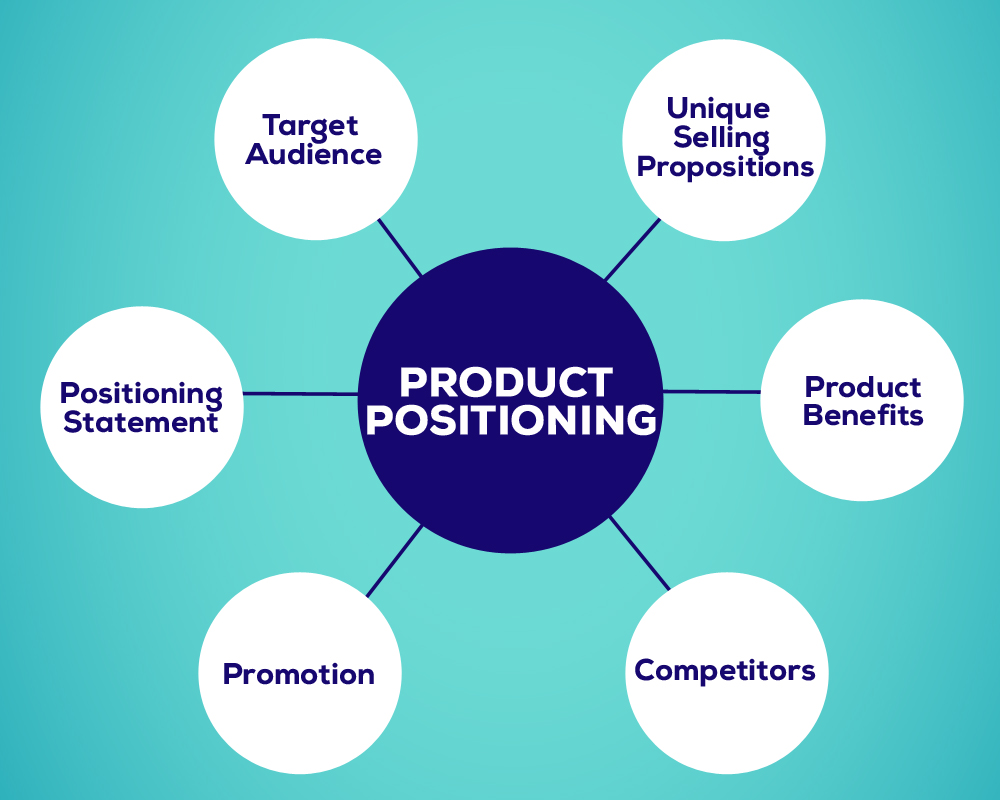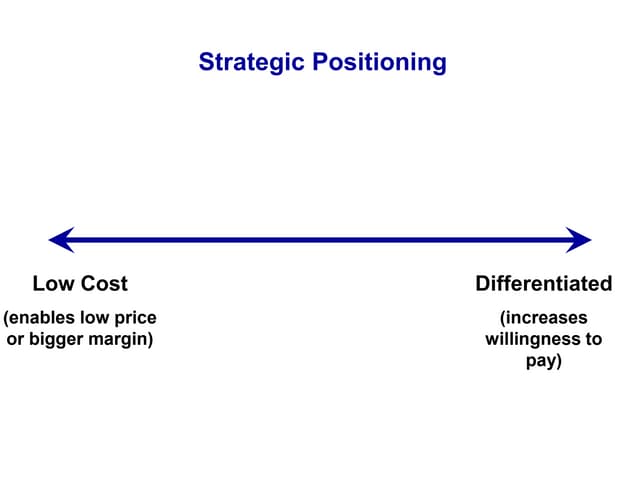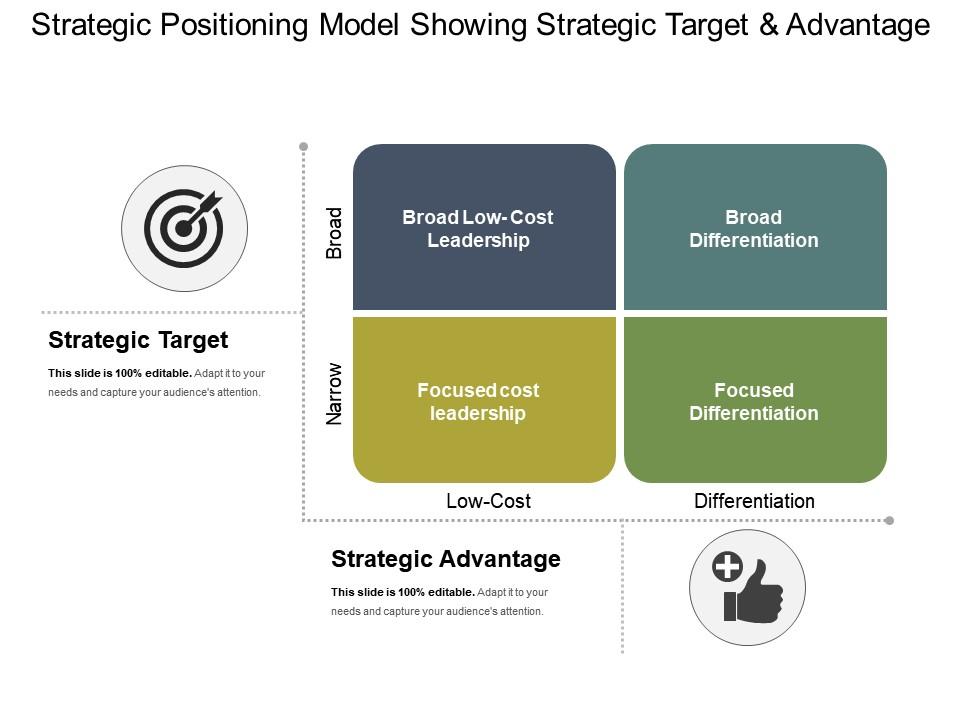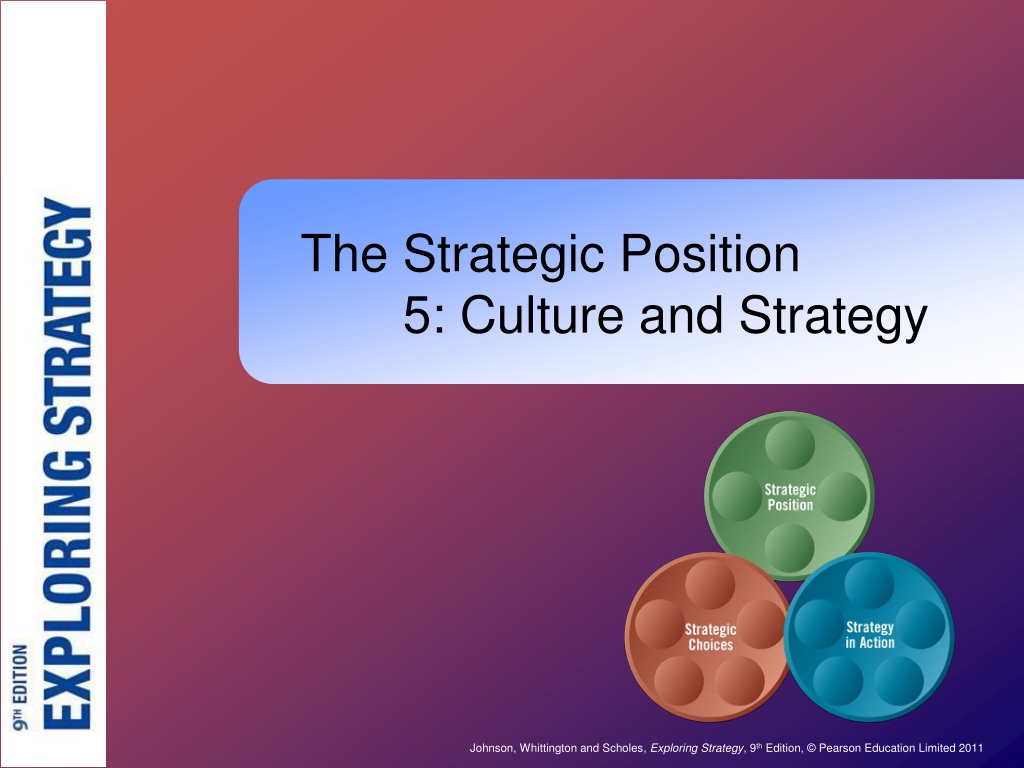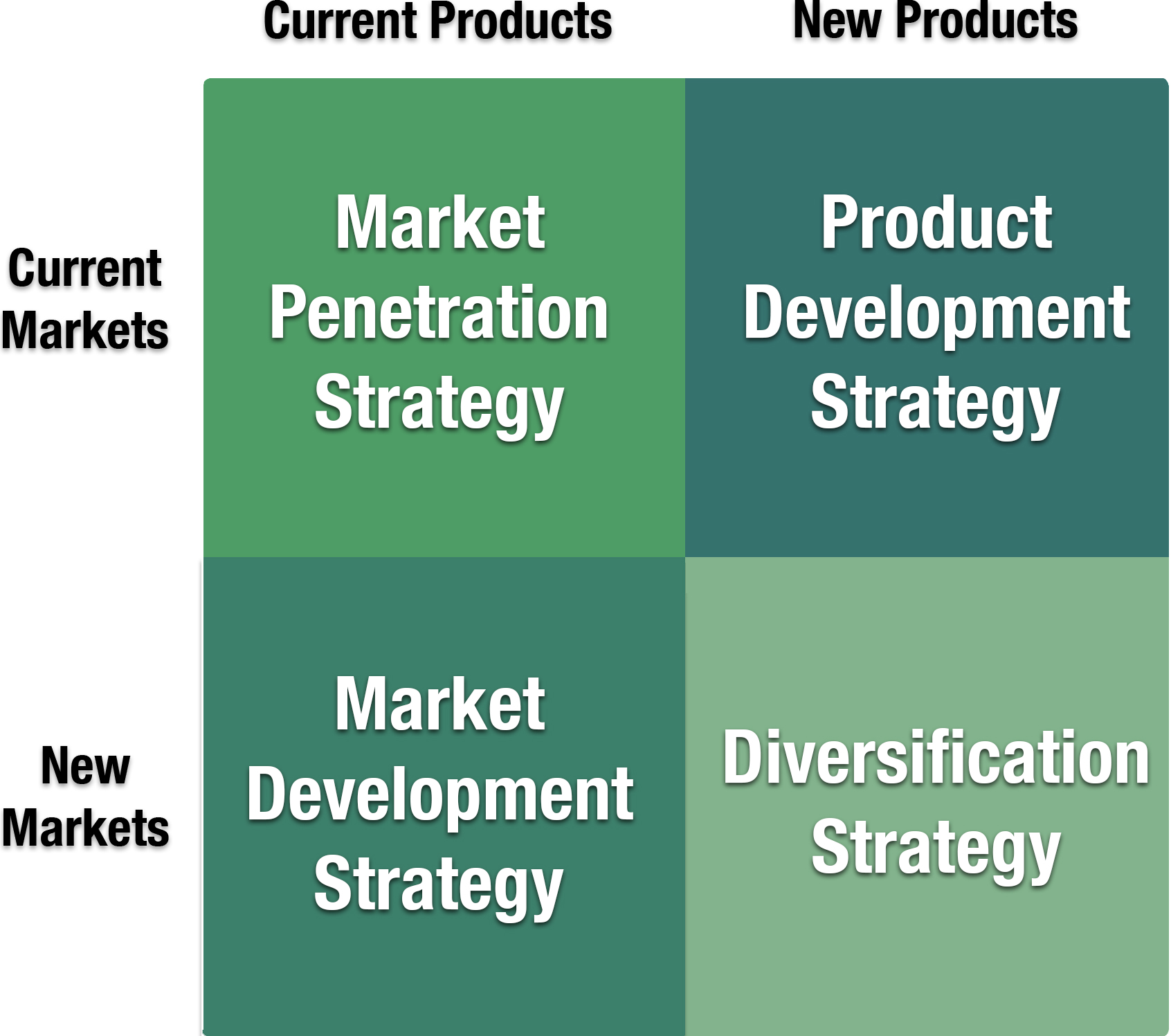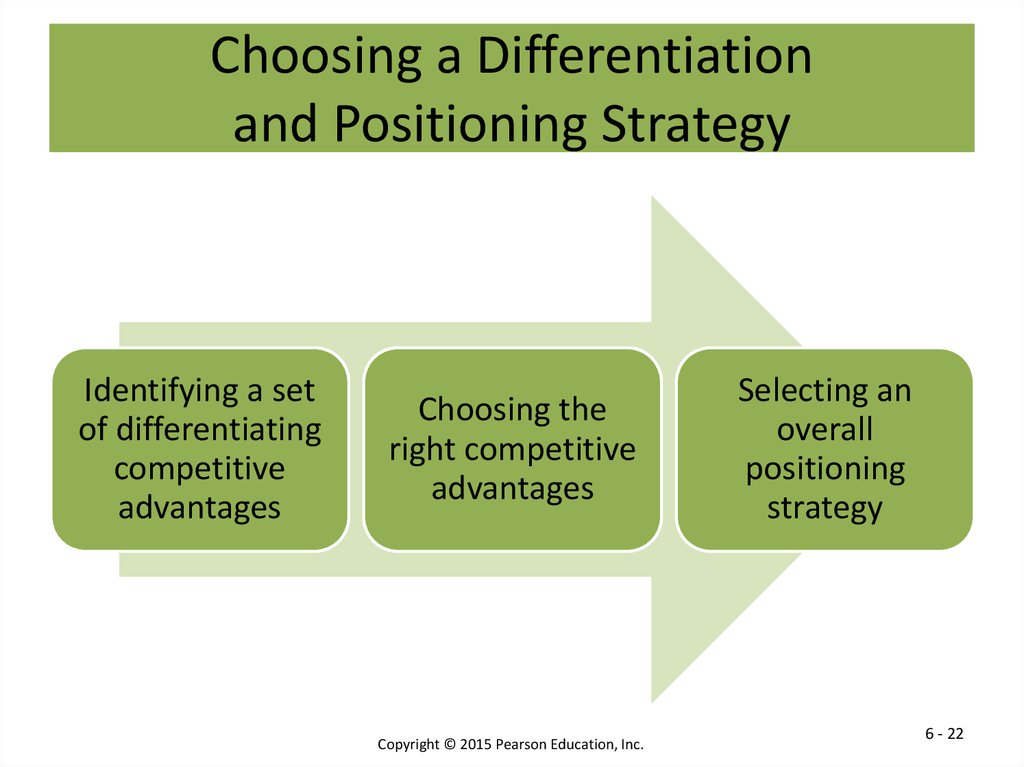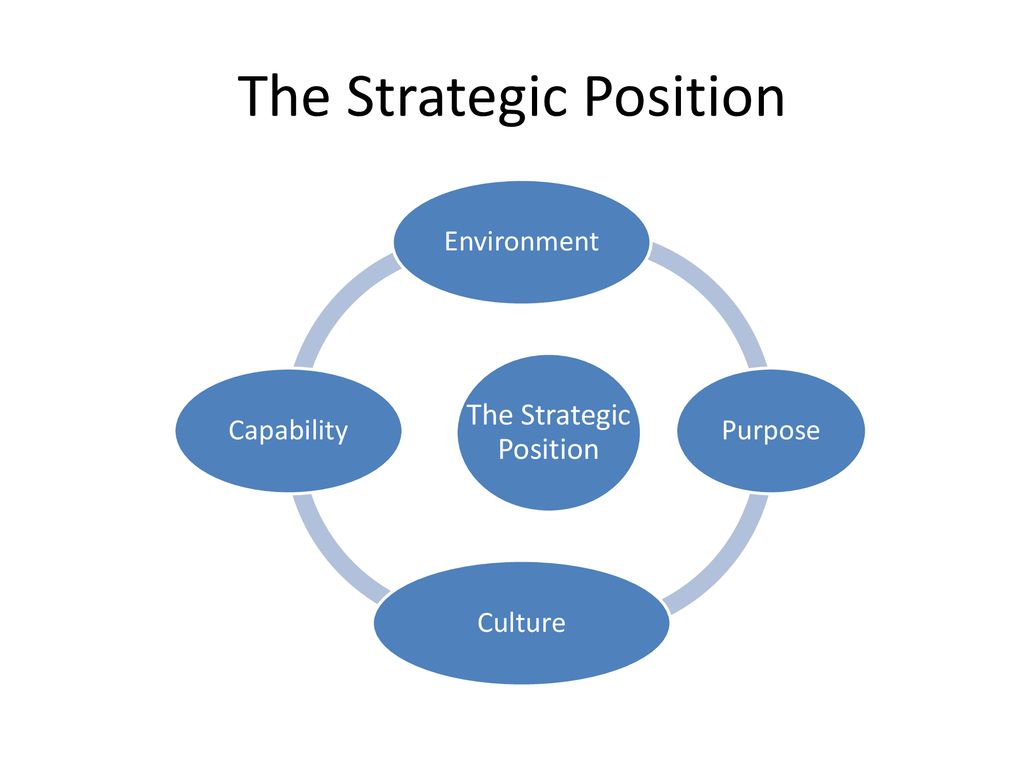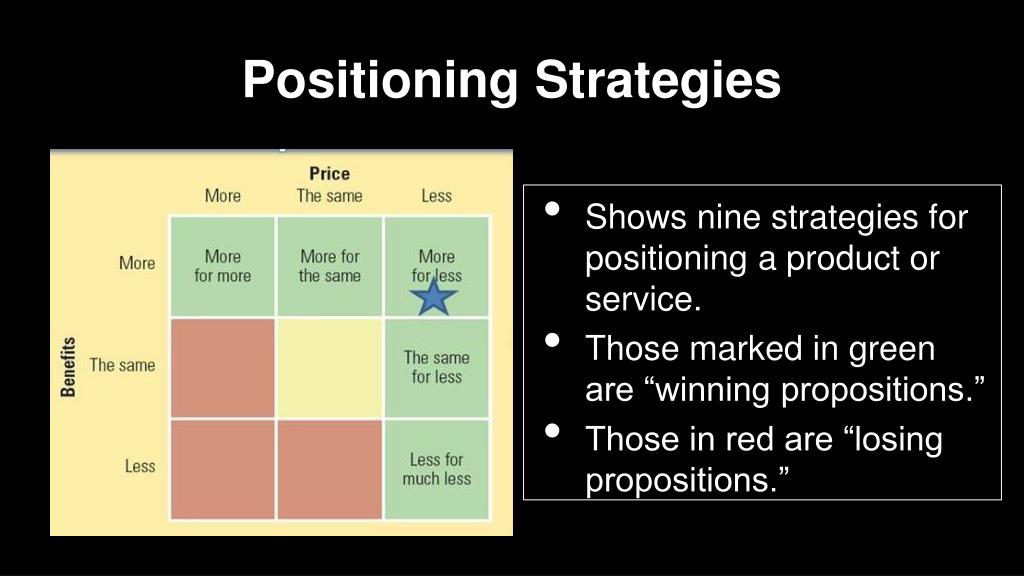Strategic Positioning Requires Which Of The Following
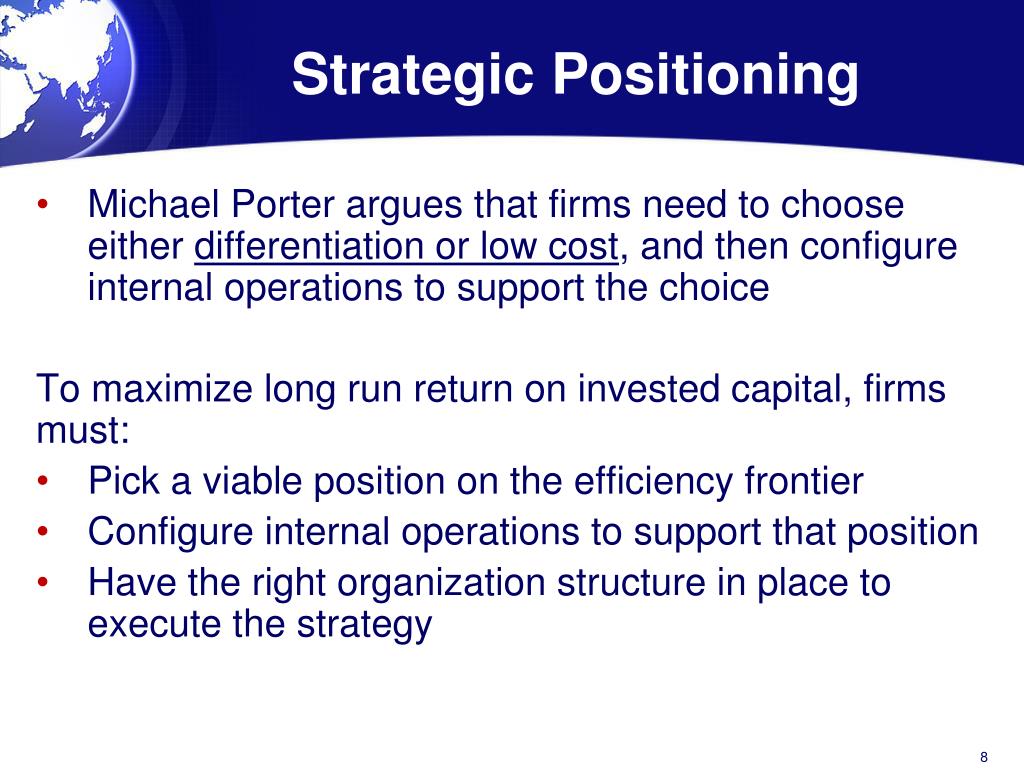
In today's hyper-competitive global marketplace, businesses are constantly vying for customer attention and market share. The difference between thriving and merely surviving often hinges on a company's ability to strategically position itself effectively. This strategic positioning isn't a matter of luck; it requires a deliberate and multifaceted approach.
Strategic positioning, at its core, demands a deep understanding of the market landscape, a clear articulation of value proposition, and the ability to create a sustainable competitive advantage. Failure to address these fundamental elements can lead to diluted brand identity, inefficient resource allocation, and ultimately, the inability to capture a profitable market segment. This article will delve into the crucial requirements for successful strategic positioning, drawing on insights from industry experts and relevant data to illuminate the key considerations.
Understanding the Market Landscape
Strategic positioning begins with a comprehensive assessment of the external environment. This encompasses analyzing the industry structure, identifying key trends, and understanding customer needs and preferences.
Porter's Five Forces framework, a cornerstone of strategic analysis, provides a valuable lens for evaluating industry attractiveness. These forces include the threat of new entrants, the bargaining power of suppliers, the bargaining power of buyers, the threat of substitute products or services, and the intensity of competitive rivalry.
According to a recent report by McKinsey & Company, companies that regularly monitor and adapt to shifts in these forces are significantly more likely to achieve sustainable competitive advantage. This analysis requires gathering data on market size, growth rate, profitability, and emerging technologies.
Defining a Unique Value Proposition
A compelling value proposition is the cornerstone of effective strategic positioning. It clearly articulates the benefits a company offers to its target customers and differentiates it from competitors.
This value proposition must resonate with the identified needs and desires of the target market. It should answer the question: "Why should a customer choose our product or service over the alternatives?"
As Michael Porter famously stated, "Strategy is about making choices, trade-offs; it's about deliberately choosing to be different." A weak or poorly defined value proposition leads to customer confusion and ultimately, brand erosion.
Building a Sustainable Competitive Advantage
A sustainable competitive advantage allows a company to consistently outperform its rivals over the long term. This advantage can stem from various sources, including cost leadership, differentiation, or a focus strategy.
Cost leadership involves offering products or services at the lowest price in the market. Differentiation entails creating a unique offering that customers are willing to pay a premium for, while a focus strategy concentrates on serving a specific niche market.
The Resource-Based View (RBV) of the firm suggests that a company's resources and capabilities are key drivers of competitive advantage. According to this perspective, resources must be valuable, rare, inimitable, and organized (VRIO) to generate sustained success. Jay Barney, a leading proponent of RBV, emphasizes that isolating mechanisms are crucial for protecting these resources from imitation.
Alignment and Execution
Strategic positioning is not merely a theoretical exercise; it requires effective implementation and alignment across all aspects of the business. This includes aligning organizational structure, processes, and culture with the chosen positioning strategy.
For instance, a company pursuing a differentiation strategy needs to foster a culture of innovation and creativity. Similarly, a company focused on cost leadership must prioritize efficiency and operational excellence.
According to research by Harvard Business Review, companies with strong strategic alignment consistently outperform those with misaligned strategies. This requires clear communication of the strategic vision to all employees and ensuring that everyone understands their role in achieving the overall objectives.
The Role of Adaptability
In today's rapidly changing environment, adaptability is paramount. Strategic positioning is not a static exercise; it requires continuous monitoring and adjustment.
Companies must be prepared to adapt their strategies in response to new technologies, changing customer preferences, and evolving competitive dynamics. This requires a willingness to experiment, learn, and iterate.
Clayton Christensen's theory of disruptive innovation highlights the importance of anticipating and responding to disruptive technologies. Companies that fail to adapt risk becoming obsolete.
Conclusion: A Holistic Approach
Effective strategic positioning requires a holistic approach that encompasses market understanding, value creation, competitive advantage, alignment, and adaptability. It's not enough to simply identify a target market or develop a unique product; companies must also build a sustainable competitive advantage and ensure that all aspects of the business are aligned with the chosen strategy.
By embracing these principles and continuously monitoring the external environment, businesses can enhance their chances of achieving long-term success and creating lasting value for their stakeholders. Strategic positioning is not a one-time event, but an ongoing process that requires vigilance, adaptability, and a relentless focus on delivering exceptional value to customers.
Ultimately, the answer to "Strategic Positioning Requires Which Of The Following" is: a deep understanding of the market, a compelling value proposition, a sustainable competitive advantage, alignment across the organization, and the ability to adapt to change. Mastering these elements is crucial for navigating the complexities of the modern business world and achieving sustainable success.

